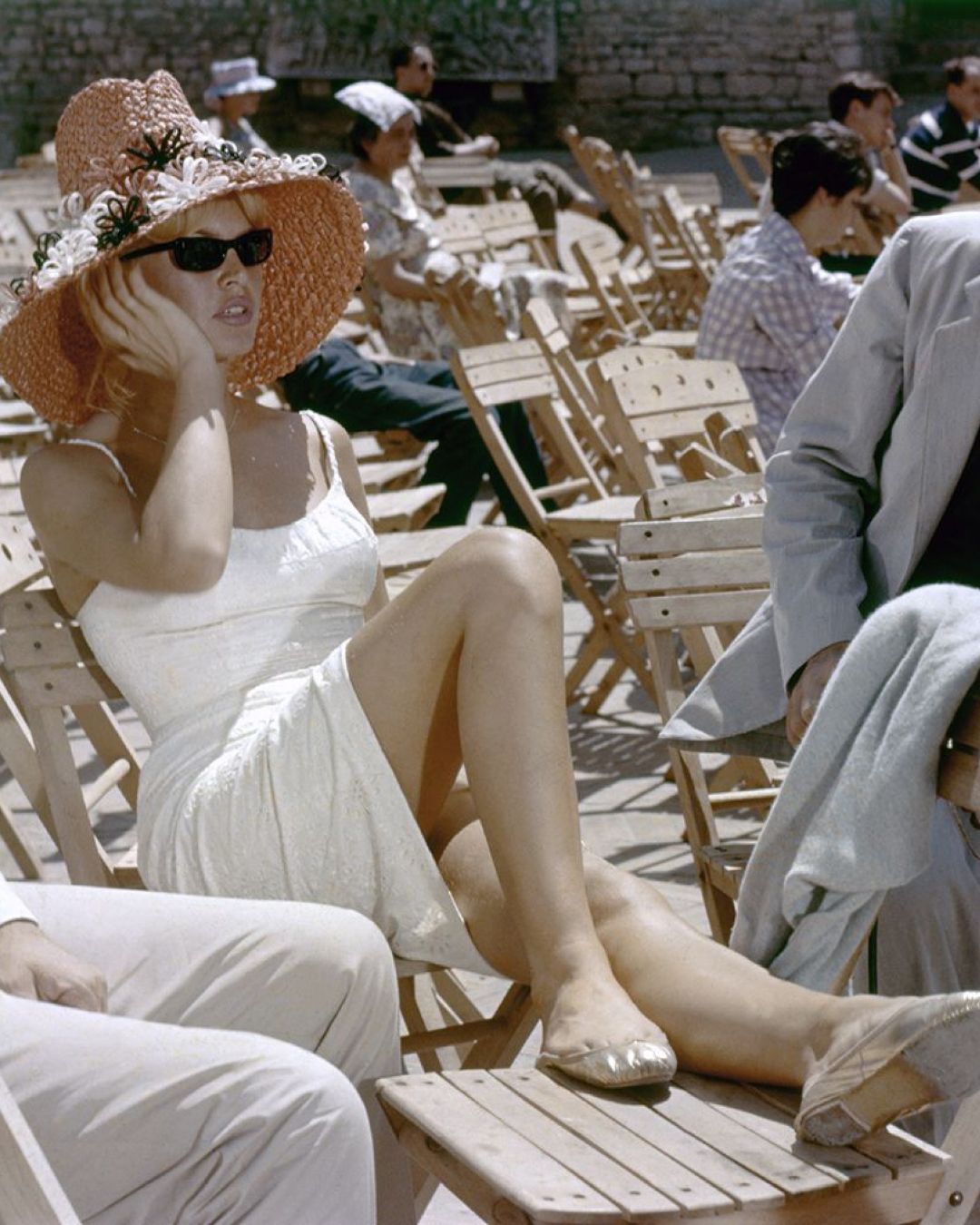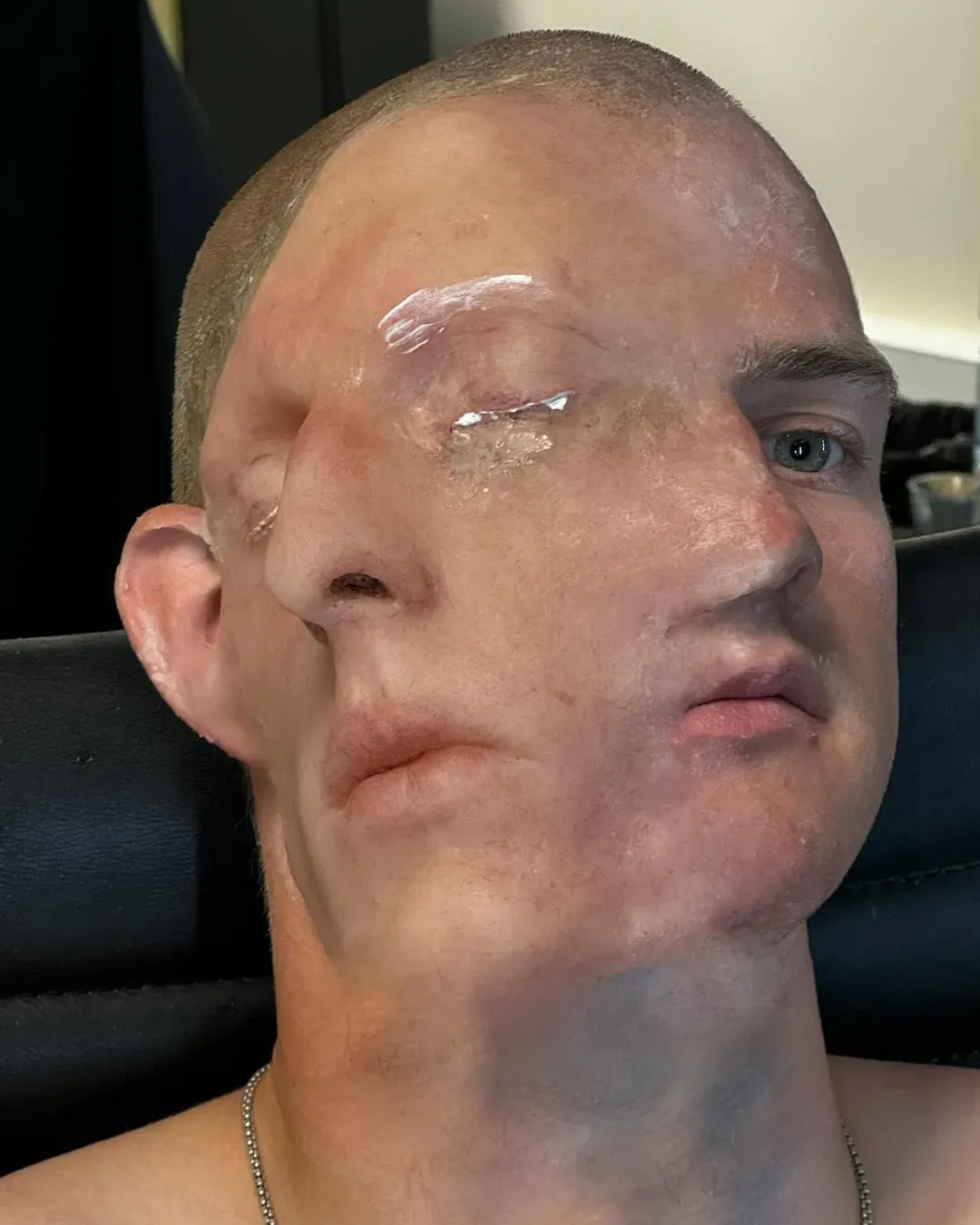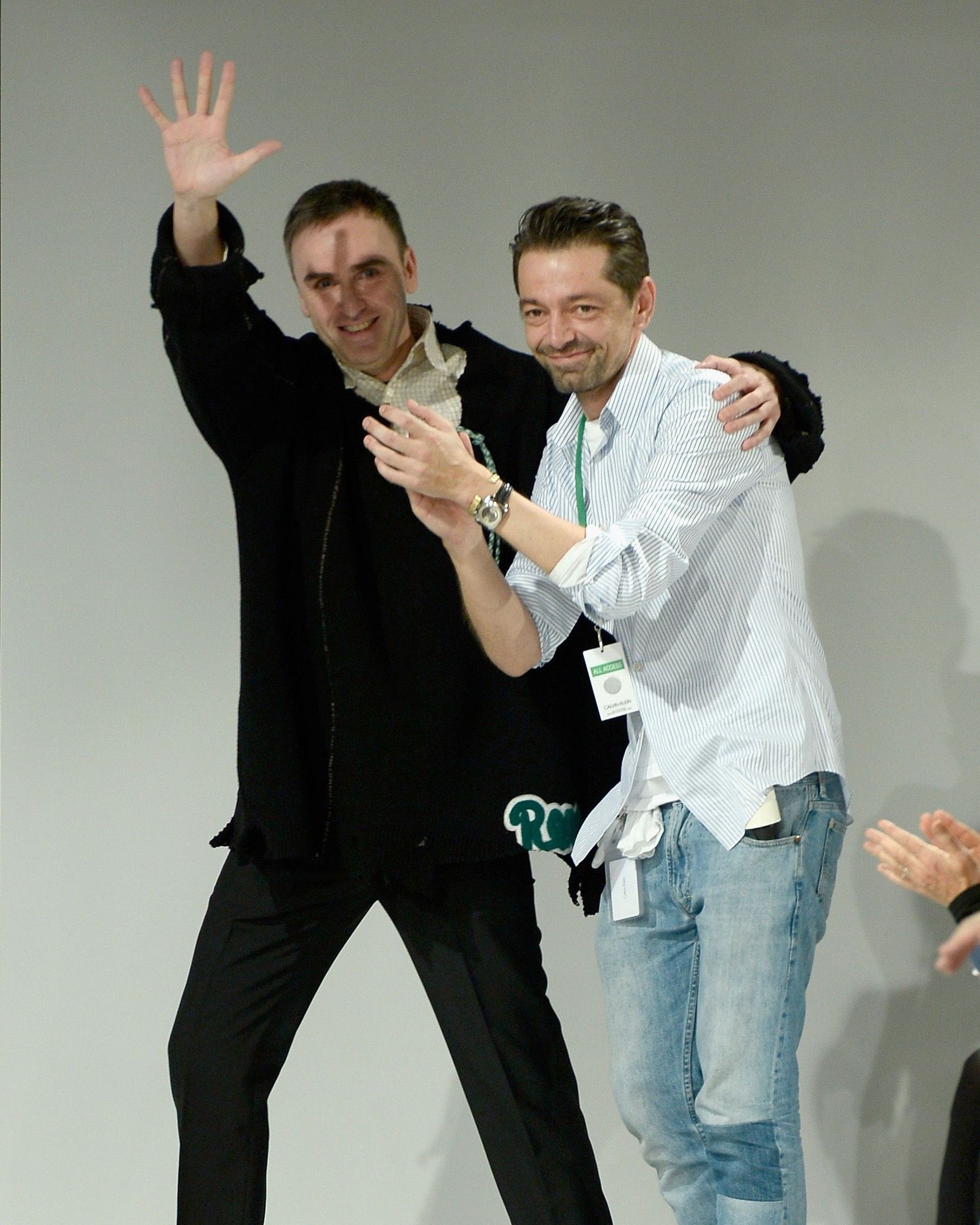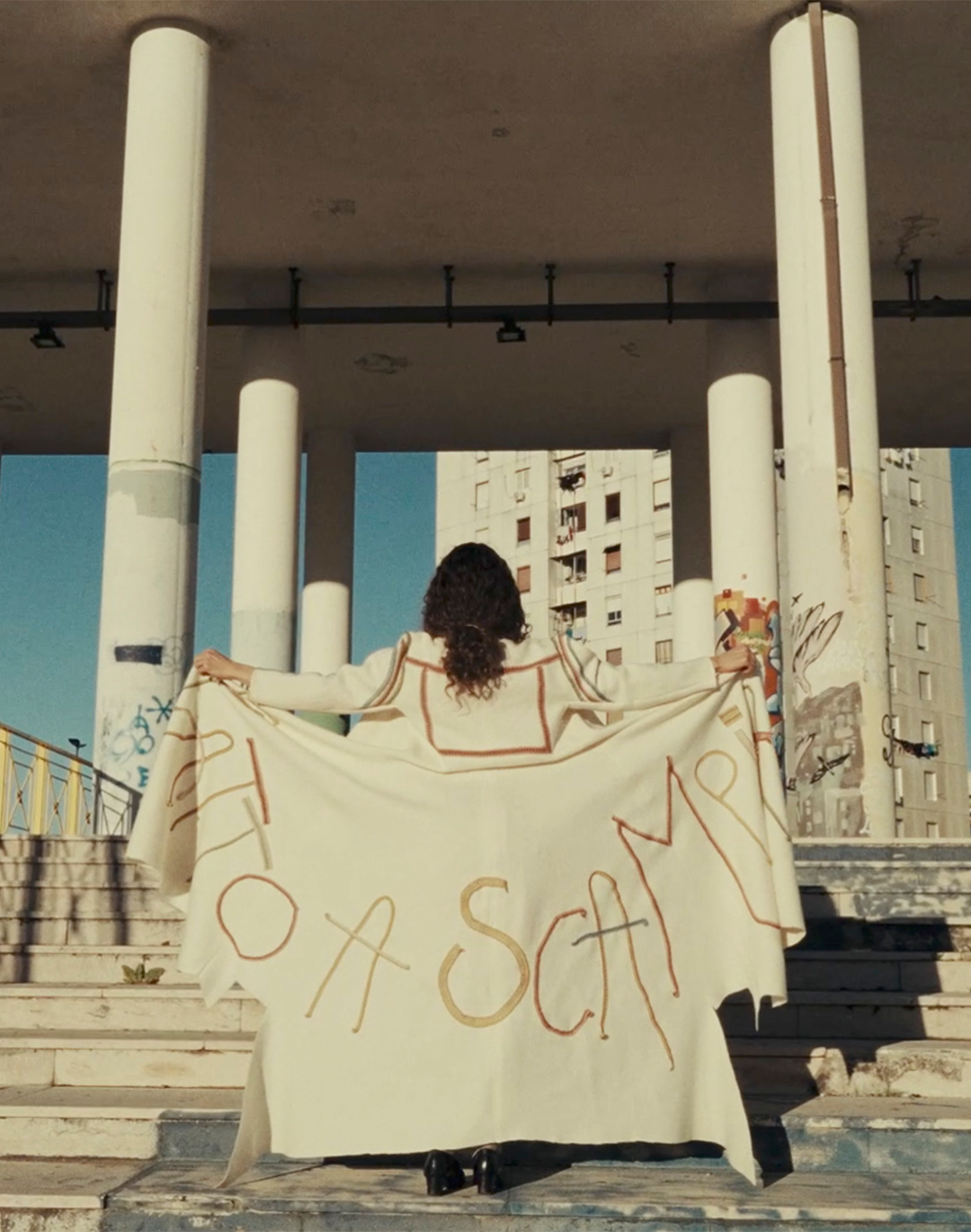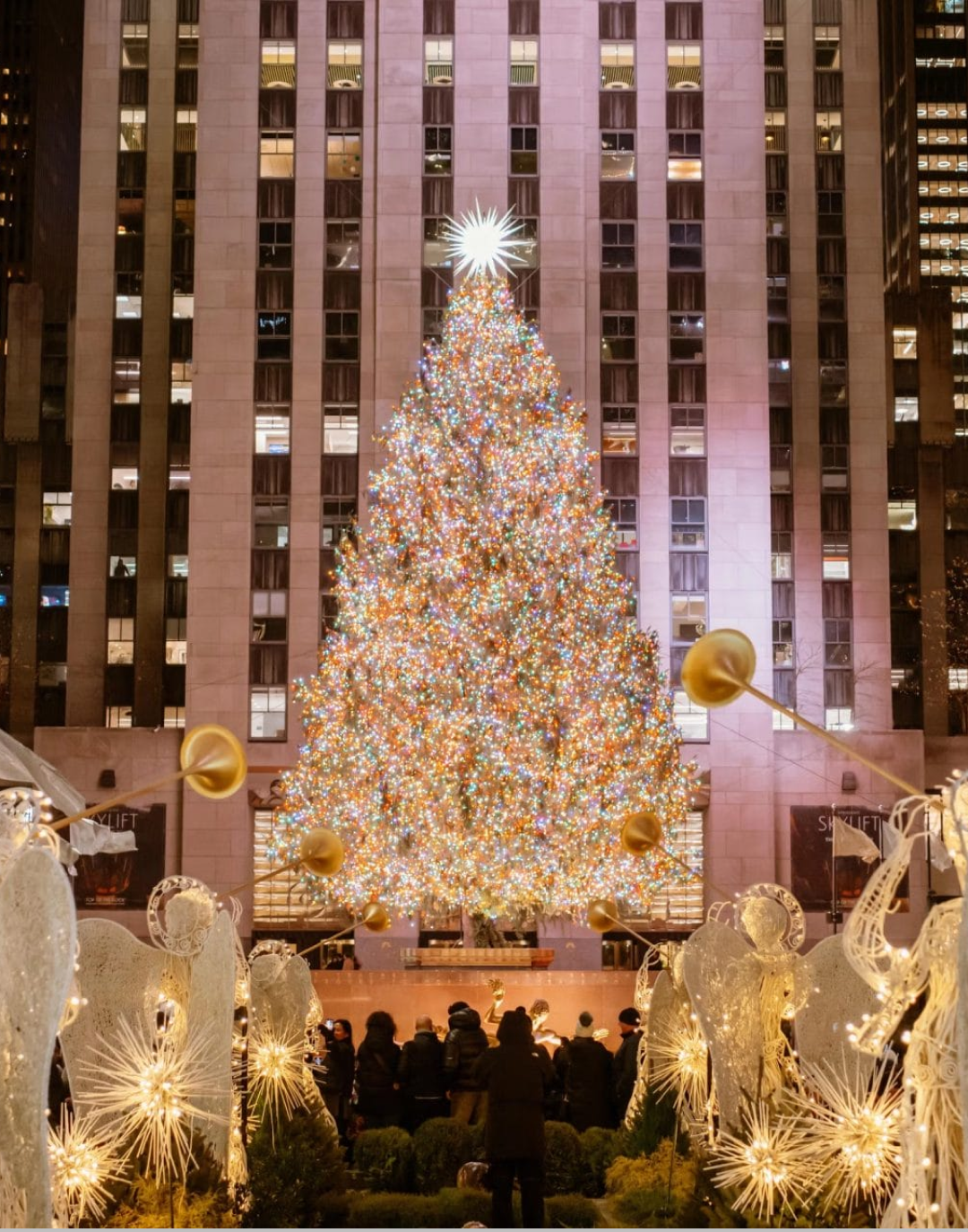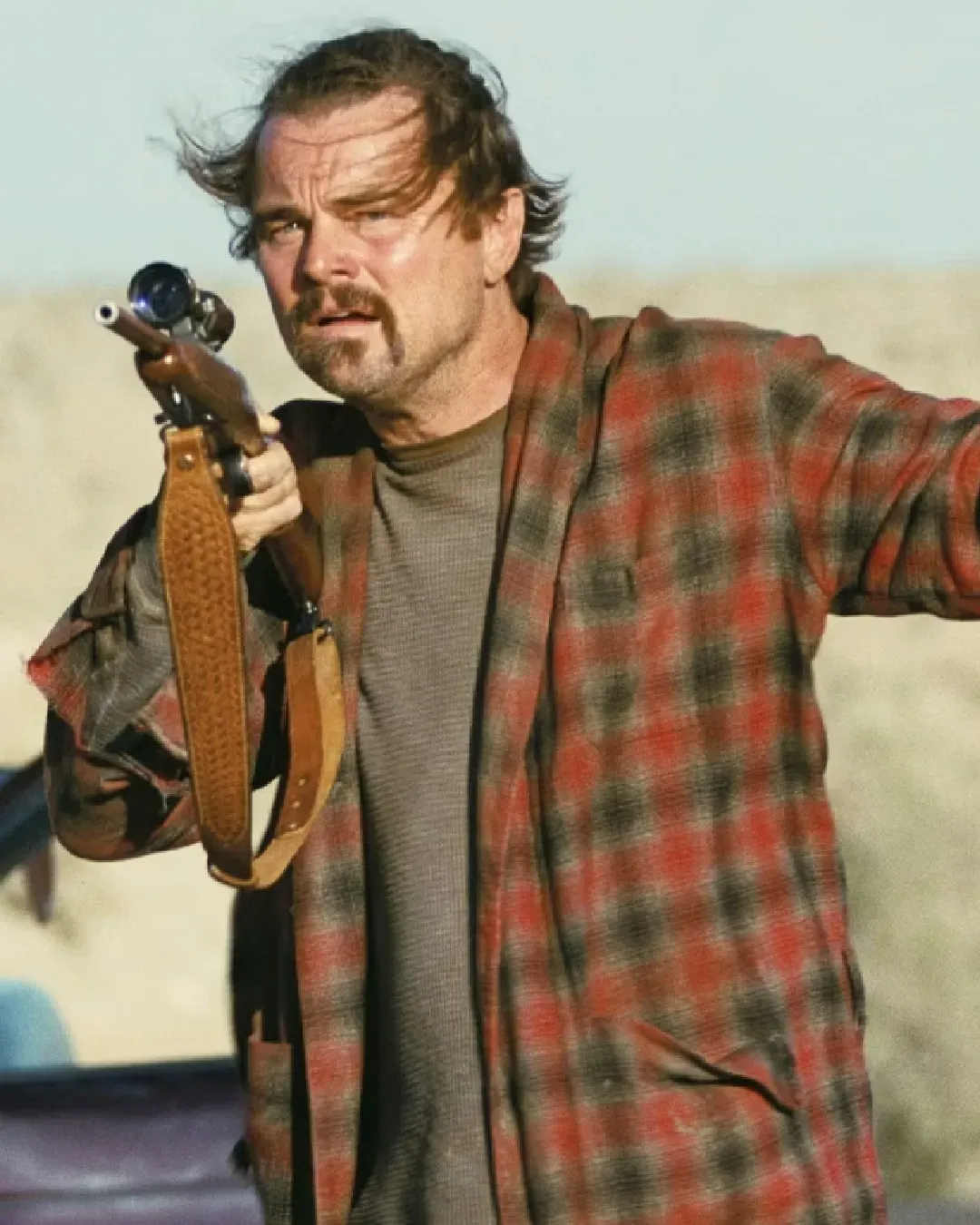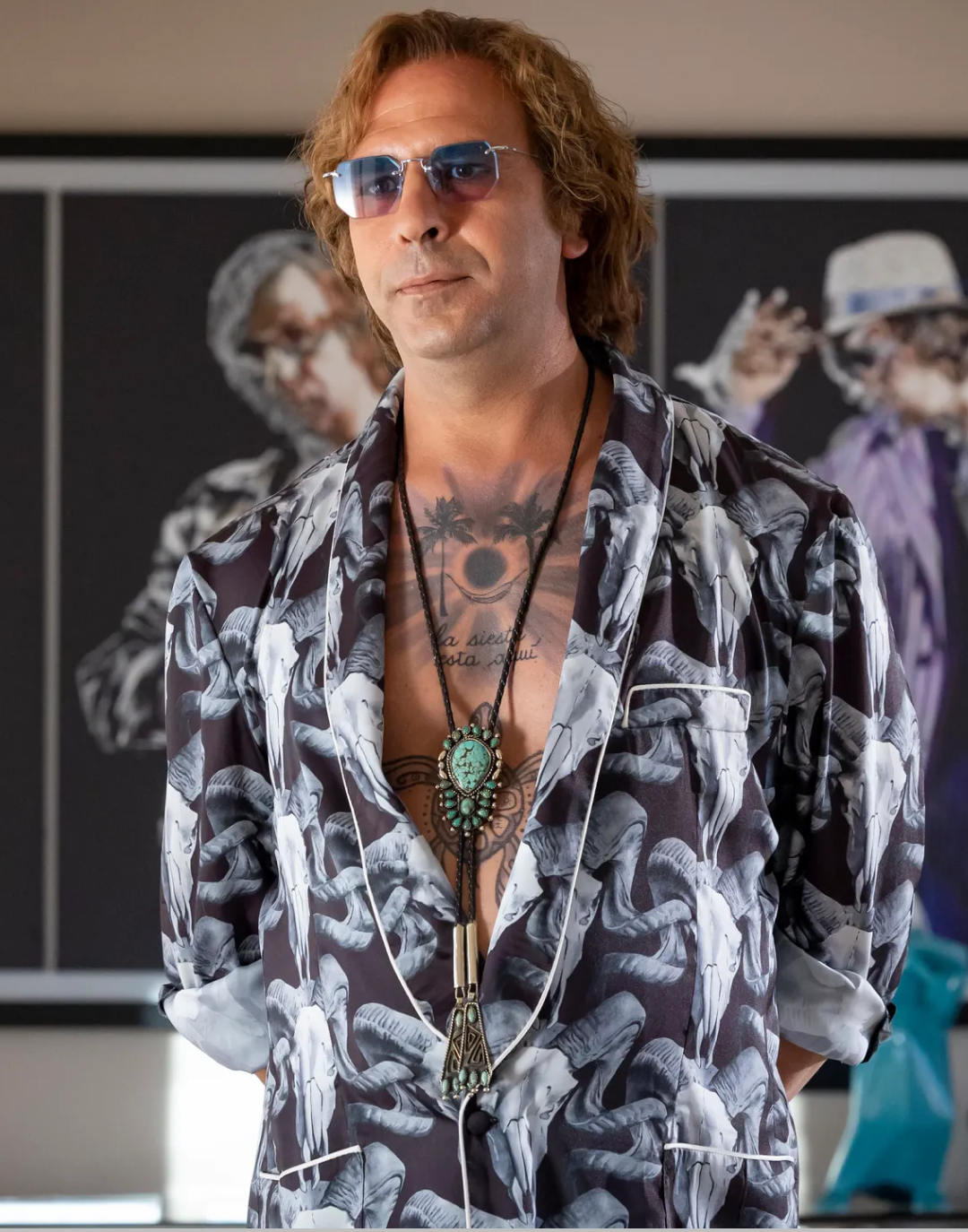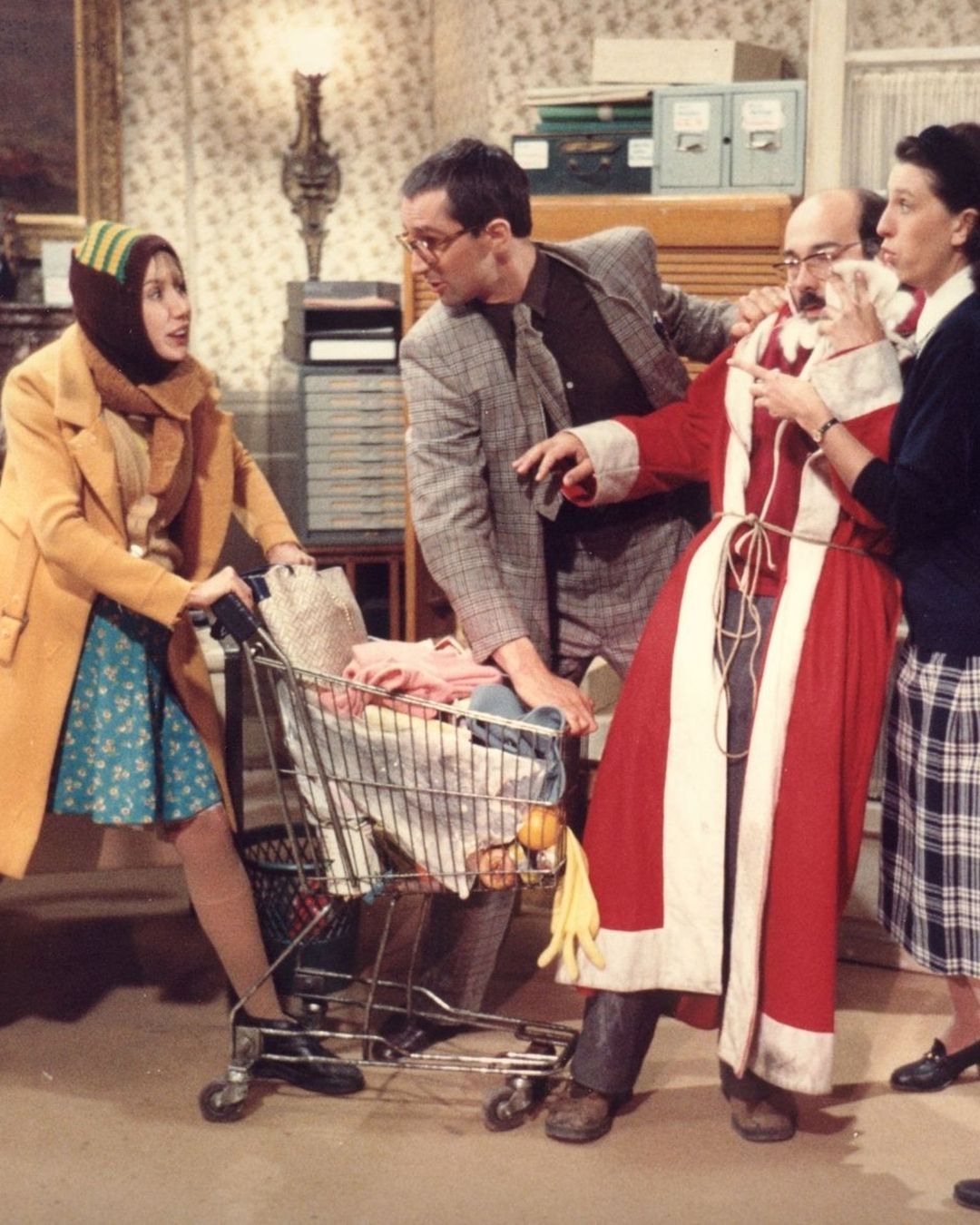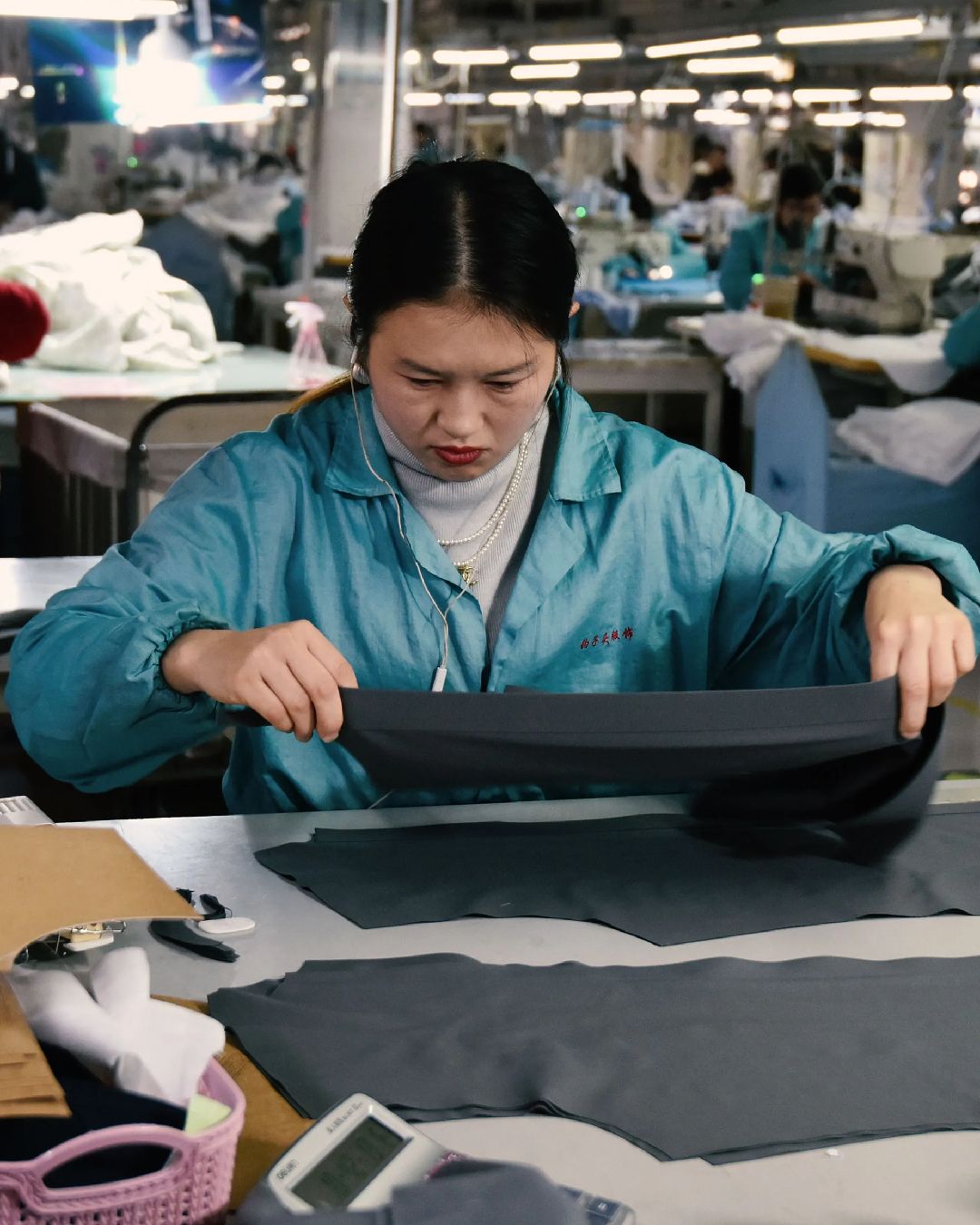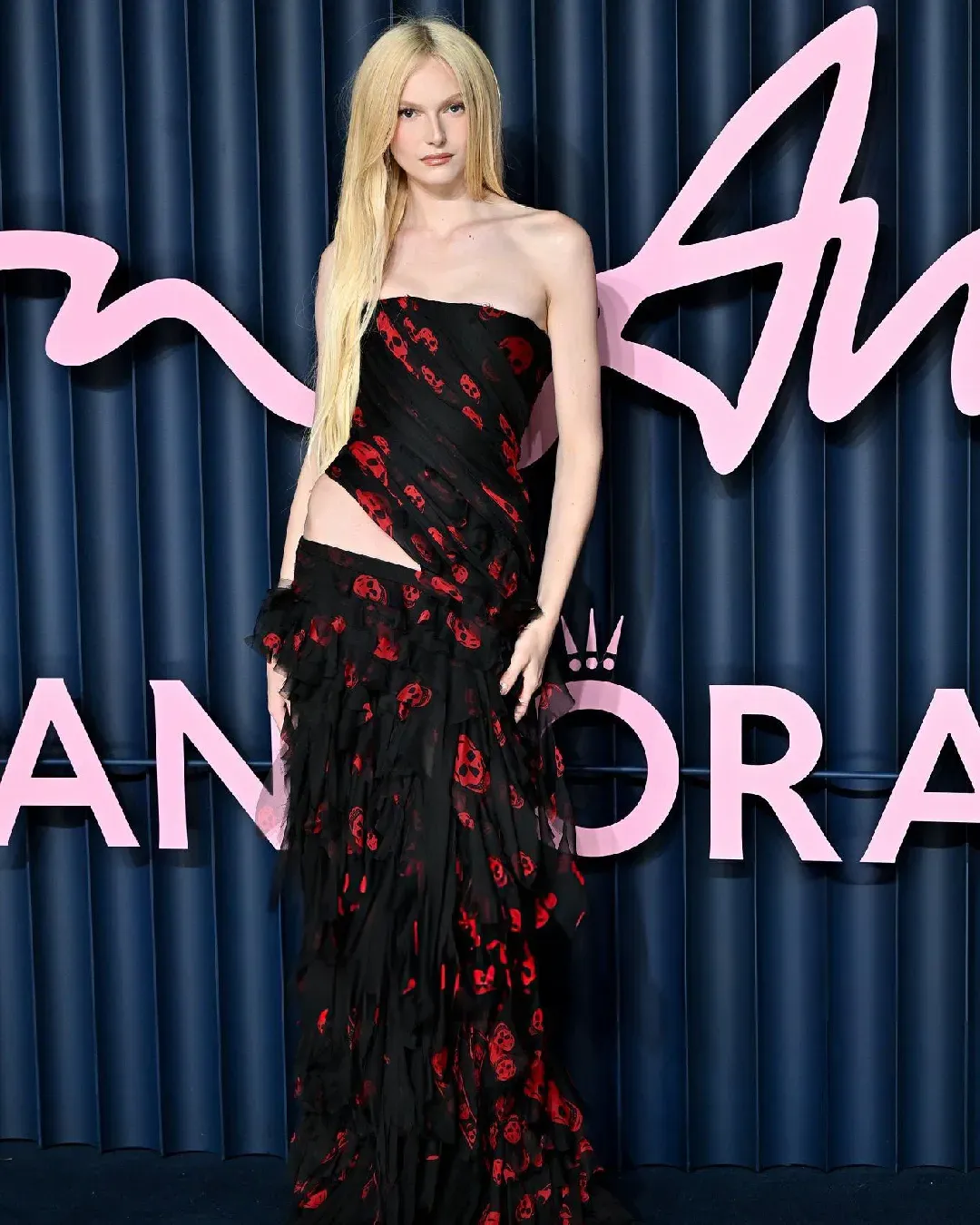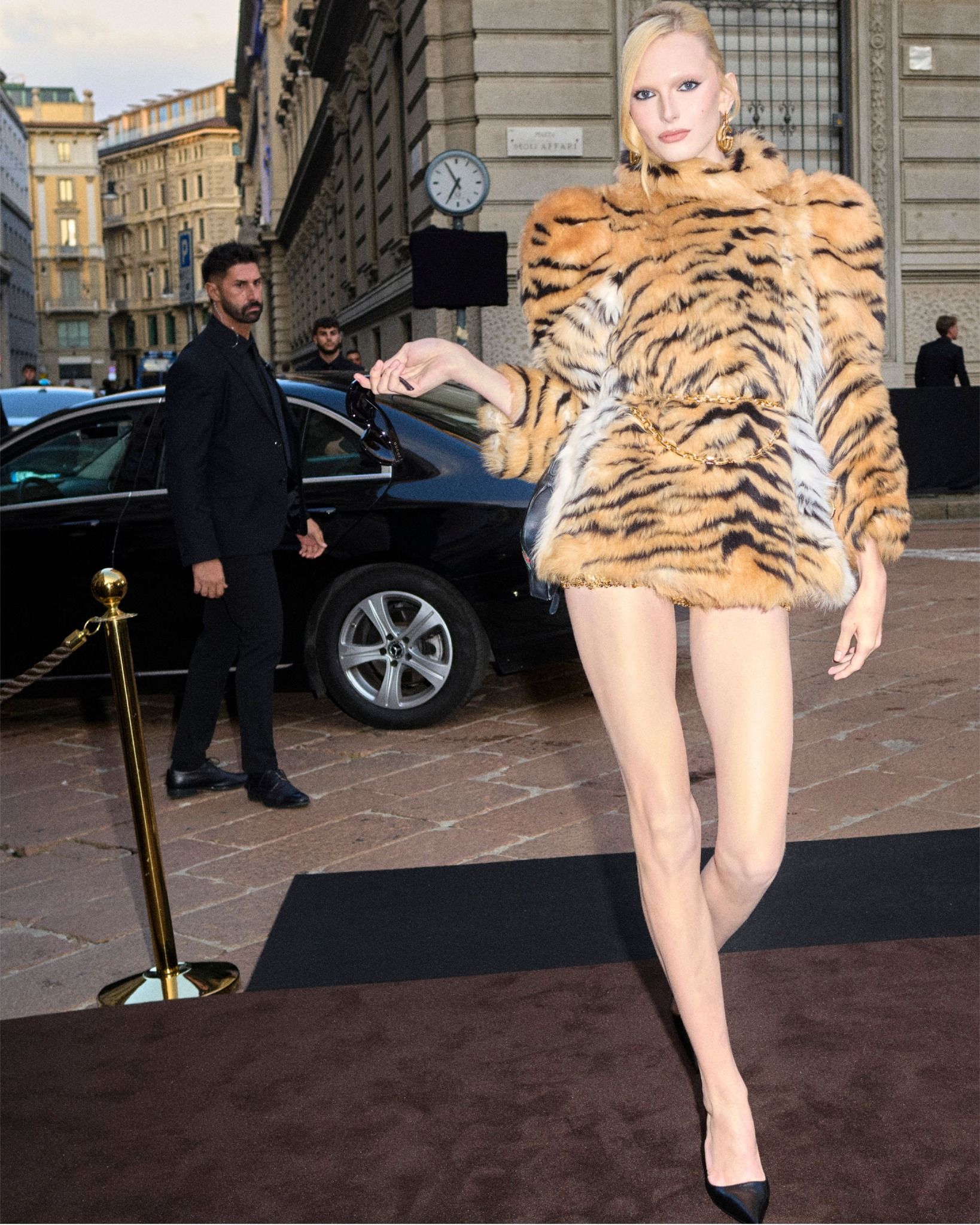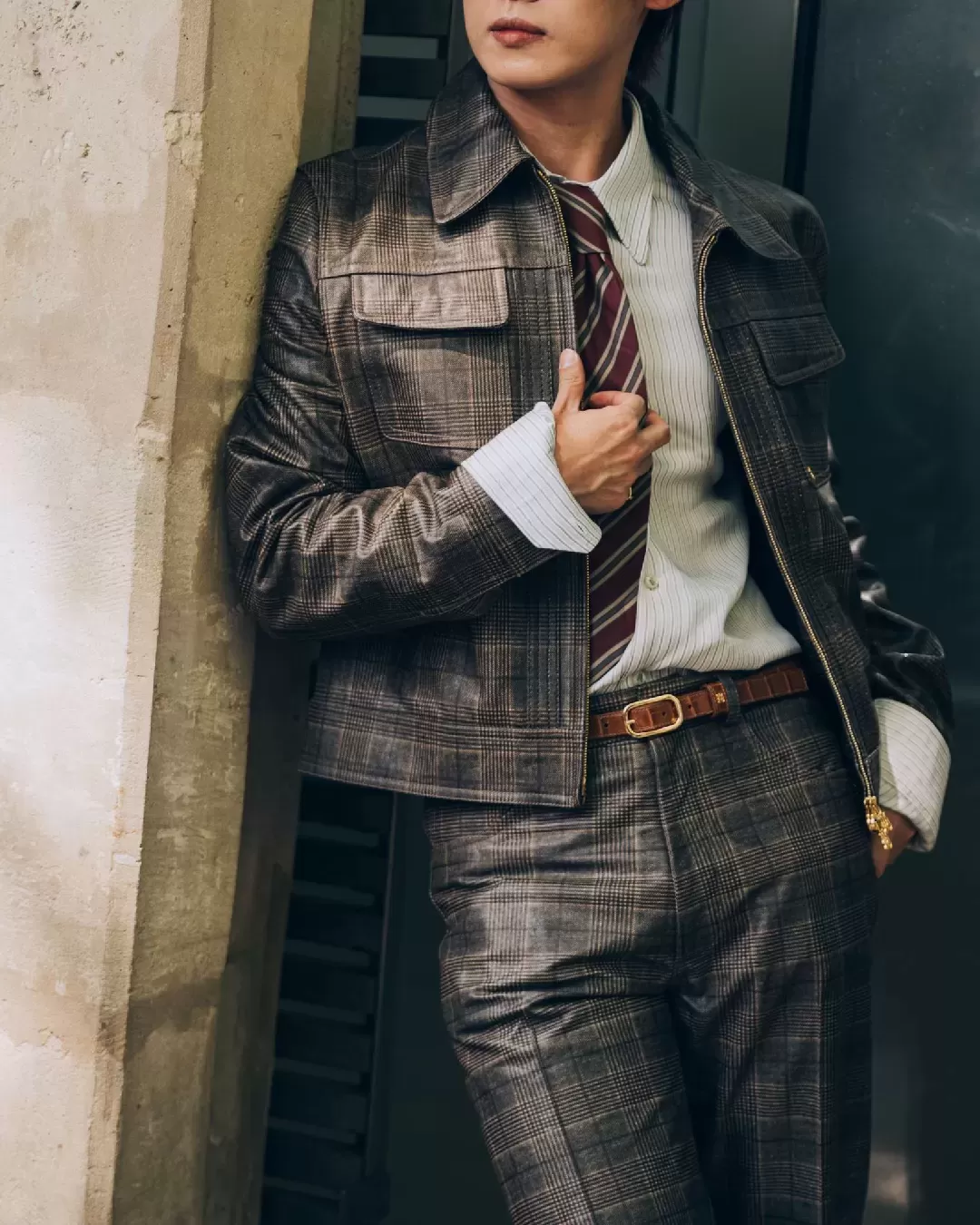
You can't turn all fashion into a luxury By Italo Zucchelli
As in the best disaster movies, even the calamity currently striking fashion sales was predicted, and promptly ignored. For a long time, countless voices from every corner and sector of the industry have denounced issues such as overproduction, social and environmental sustainability, excessively high prices, creative stagnation, grey markets, and overreliance on the Chinese market. Today, these issues are pushing even the most solid companies in the sector to face declining revenues or, in the worst cases, actual crises. The solution, if we want to be very simplistic, probably lies in rethinking the fundamentals of the industry and resetting dynamics that currently penalise all the players involved in the grand theatre of fashion, from factory workers to CEOs in their top-floor offices.
Today, listening to the voices pointing out the system’s flaws is more important than ever. That’s why the first July newsletter from nss is signed by Italo Zucchelli, an Italian designer who served as creative director of Calvin Klein Men’s from 2004 to 2016, and is credited with establishing the brand’s American aesthetic in the 21st Century. In this article, Zucchelli shares his unique point of view on the state of contemporary fashion, ultimately searching for a solution to the problems crushing the industry. The answer, as the designer says, is this: put the product back at the center of the conversation.
Our beloved fashion industry is at a crossroads: always a mirror of society and the state of the world, it now finds itself in the midst of a major identity crisis, as if swept away by a tornado. Several factors have contributed to this situation, and there’s no magic wand or universal fix. In fashion, the smallest nuances and peculiarities can make a huge difference between one company and another, in different geographic areas. As an eternal optimist and for the love of fashion, what I’ll do is express what I see and what I would like to see in the near future. One of the most incredible things about this industry is that it’s so resilient and culturally and financially relevant, that I truly believe there are ways out of this impasse. Over the past ten years, many things have happened: the rise and global dominance of social media have changed everything, from how we designers create collections to the proliferation of super-aggressive marketing strategies, aimed at dominating the conversation, often at the expense of pure creativity. Social media have established a dominant language in which fashion itself becomes performative, leaving little room for depth and substance. The emphasis on brand narrative and storytelling has replaced innovation and attention to craftsmanship. Influencers have taken center stage, while clothing has been pushed to the background.
In recent years, things have changed even more radically. First, a long-lasting macro-trend of streetwear left behind a welcome echo of informality in menswear, followed by a pandemic and the consequent skyrocketing of prices. Then came the dominance of fast fashion, issues related to overproduction and supply chains, the prevailing concept of fashion as entertainment, fragmentation into countless fleeting micro-trends, and the obsessive pursuit of multi-billion-dollar revenues. All of these phenomena have dramatically altered the core of an industry that once generated so much beauty, poetry, and creativity in its first century of existence and that often managed to balance art and commerce in truly magical ways - think Giorgio Armani, Romeo Gigli, or Rick Owens. Another interesting and rarely discussed factor is the contemporary obsession with equating fashion and luxury as synonyms, especially in the realm of designer fashion. Vivienne Westwood and Alexander McQueen, two of the most prolific and revolutionary creatives, founded their brands not in the name of luxury, but in the name of fashion, as a rebellion against the status quo, leaving an indelible mark. Right now, we’ve lost sight of this distinction: not everything in the designer fashion space needs to be sold to the world as uber luxury.
And now?
I often wonder how we, as a community, can respond to these challenges, improve, innovate, and evolve. As a designer and creative director, I ask myself this question both idealistically and pragmatically, because I truly believe the situation calls for an approach that involves both sides of the craft, and perhaps also because, as an Italian with extensive experience in America, this has become my modus operandi. Creativity and innovation are the driving forces of fashion; good design, craftsmanship, and integrity are the fuel. But creativity - the so-called artistic spirit that great designers have expressed and still express in such memorable ways - could be channeled in ways closer to real life. Rules are waiting to be broken, unusual paths are waiting to be taken, and new options are available for every designer, founder, creative director, CEO, or company willing to destroy obsolete systems and help reset an industry in search of reinvention. An open mind, a desire to experiment, the courage to leave well-trodden paths and venture into uncharted territories, or even a renewed desire for integrity, purpose, and passion combined with clarity of intent and execution might be the right direction to move from a strictly commercial logic to a more idealistic one, which brings fashion’s true values back to the center of attention. Today we can rely on new, more authentic and unconventional mindsets, new tools, and revolutionary technologies that can help us enhance, market, promote, and improve processes and products in previously unimaginable ways. It’s up to us to do it, now.


